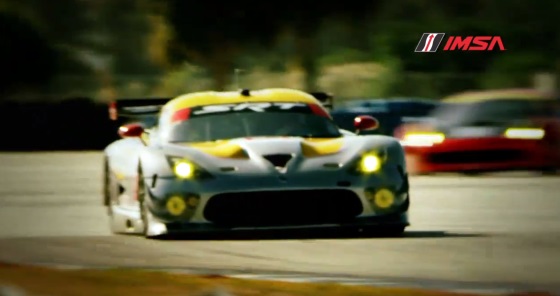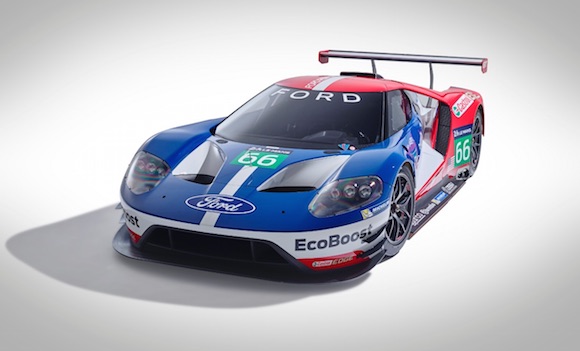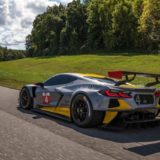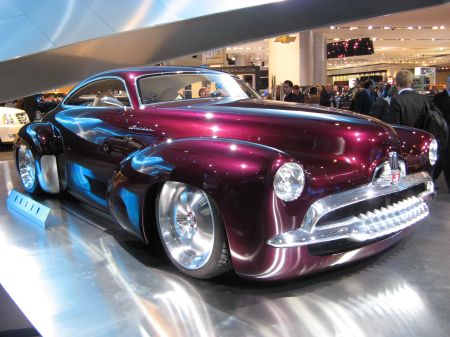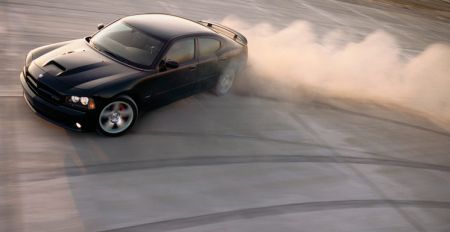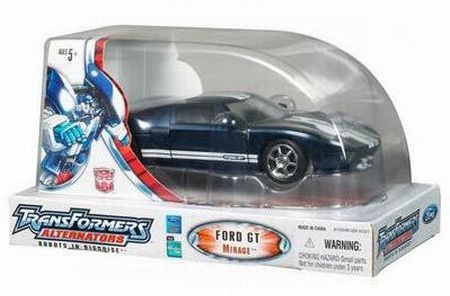Why you should be watching the TUDOR United SportsCar Championship Right Now
If you’re a fan of auto racing in general and of sports cars in particular, you should be watching the Rolex 24 at Daytona right now on the FOX Sports Channel in your area, or you can catch the live stream of the race and the Motor Racing Network streaming radio broadcast on the Internet. I’ve always been a fan of the American Le Mans Series (ALMS), which merged with the Rolex Sports Car Series to create the TUDOR United SportsCar Championship (USC) racing series that takes the best elements from both of its progenitors. The Rolex 24 at Daytona is the first race of the 2014 USC season, and runs a solid 24 hours from January 25th to 26th. If you’re not watching the Rolex 24 USC race right now, here are a few reasons why you should.
Real Sports Cars
Unlike many other professional racing series, USC has two classes based entirely on real production cars. Let me say that again: Two classes are filled with the racing versions of real sports cars you can see driving down the highway, including Corvettes, Aston Martins, BMWs, Ferraris, Vipers, Porsches, and Lamborghinis. While NASCAR vehicles are essentially purpose-built tube-frame vehicles wrapped in cookie-cutter, decal-covered shells, they have nothing to do with vehicles you can buy. At the other extreme, Formula 1 vehicles feature the latest and greatest automotive technology, but they’re like test tube creations: They’re engineered from the ground up for racing, and you’ll never see one passing you on the highway while you’re running out to get the milk. The USC embraces the “Race on Sunday, Sell on Monday” mantra better than any other racing series running today, as factory teams from Chevrolet, Audi, Aston Martin, SRT, and Porsche take lessons learned from road racing in series like the USC and apply it directly to their production vehicles.
Real Road Racing
I enjoy all motorsports, but I like NASCAR least, mainly because it lacks much in the way of real road racing, which involves both left and right turns and elevation changes. NASCAR is predominantly focused on the oval as a racing venue, which has given rise to a endless stream of jokes and Internet memes about NASCAR drivers only able to turn left, or jokes about NASCAR stopping races because of rain, while just about every other motorsports series races in wet and rainy conditions. Formula 1 features road racing, but doesn’t have much of a U.S. presence. The frequent turns and elevation changes make USC an exciting race to watch, especially when you factor in the four different USC racing classes.
Multiple Classes
Unlike NASCAR and Formula 1 — which race only one type of vehicle in each race — USC features four different vehicle classes. The fastest two are the Prototype (P) and Prototype Challenge (PC) classes, which feature closed-wheel racing vehicles that are the fastest in the race. The P class features some exotic vehicles like the Nissan DeltaWing, while the PC class features vehicles that are built to a specific set of specifications, so every vehicle uses the same engines, tires, and other details. My favorite class is GT Le Mans (GTLM), which features vehicles based on real production sports cars. Several large auto manufacturers are fielding dedicated GTLM teams in the USC 2014 season, including Corvette, Aston Martin, SRT, and Porsche. Finally, the GT Daytona (GTD) class also includes a mix of vehicle type have stricter limits on power than GTLM class vehicles do. I’ve embedded a USC video below that goes into more detail about all of the different classes.
So when you combine all of these elements — real sports cars, real road racing tracks, and multiple classes — you have a race where there are dozens of cars moving at vastly different speeds, while the road racing track designs encourage lots of passing and overtaking. It’s a thrilling racing series to watch, and definitely deserves more attention, and it’s a shame that it’s often overshadowed by the likes of NASCAR and Formula 1.

